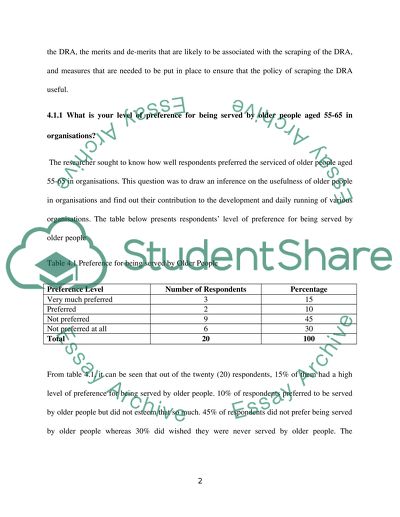Cite this document
(“The impact of the removal of DRA on the management of Human Resources Dissertation”, n.d.)
Retrieved from https://studentshare.org/family-consumer-science/1411060-the-impact-of-the-removal-of-dra-on-the-management
Retrieved from https://studentshare.org/family-consumer-science/1411060-the-impact-of-the-removal-of-dra-on-the-management
(The Impact of the Removal of DRA on the Management of Human Resources Dissertation)
https://studentshare.org/family-consumer-science/1411060-the-impact-of-the-removal-of-dra-on-the-management.
https://studentshare.org/family-consumer-science/1411060-the-impact-of-the-removal-of-dra-on-the-management.
“The Impact of the Removal of DRA on the Management of Human Resources Dissertation”, n.d. https://studentshare.org/family-consumer-science/1411060-the-impact-of-the-removal-of-dra-on-the-management.


